A glimpse into Morense, Piedmont, Italy
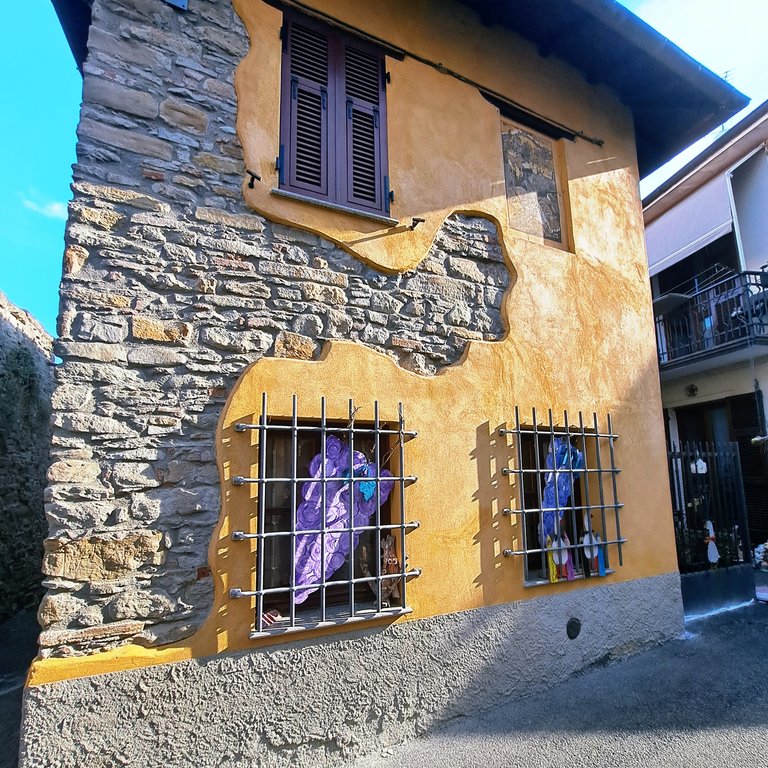
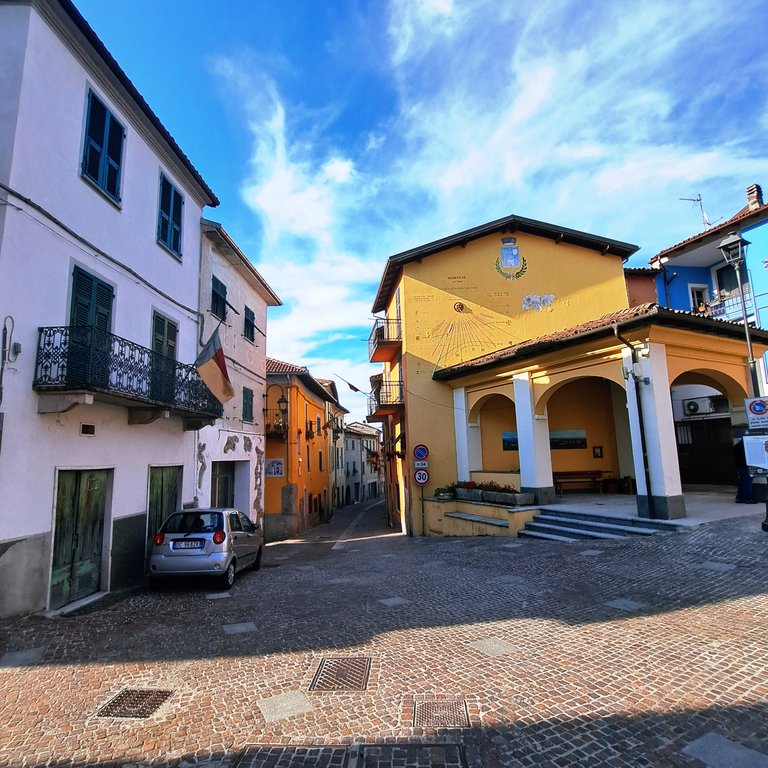
The village is known mostly for one thing: it's the birthplace of Maria Domenica Mazzarello, who co-founded the Salesian Sisters of Don Bosco. There’s a sanctuary and a bunch of signs with her name on them. I didn’t know who she was before, but you can tell people here do. The main church, San Silvestro, is where she was baptized.
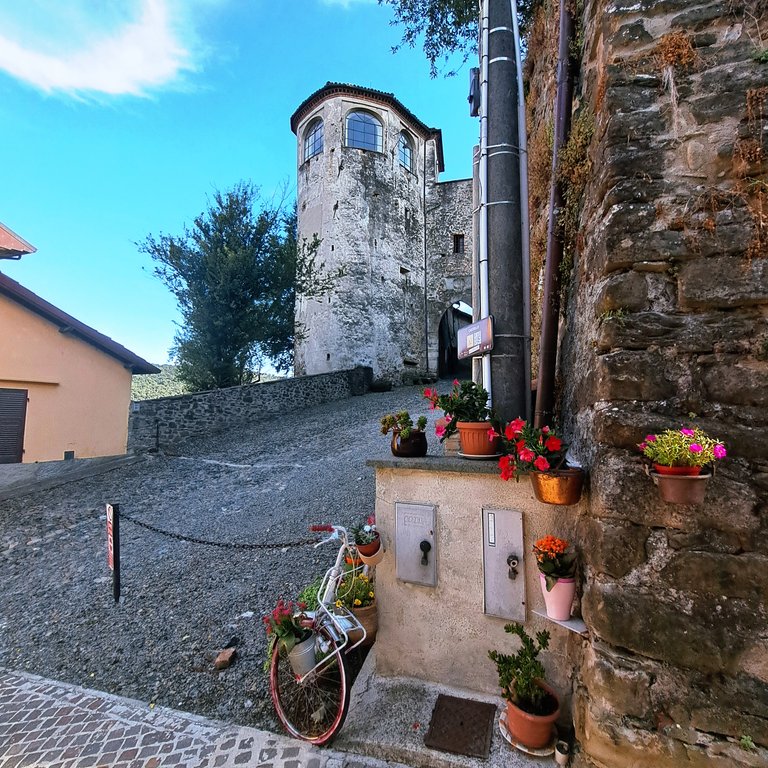
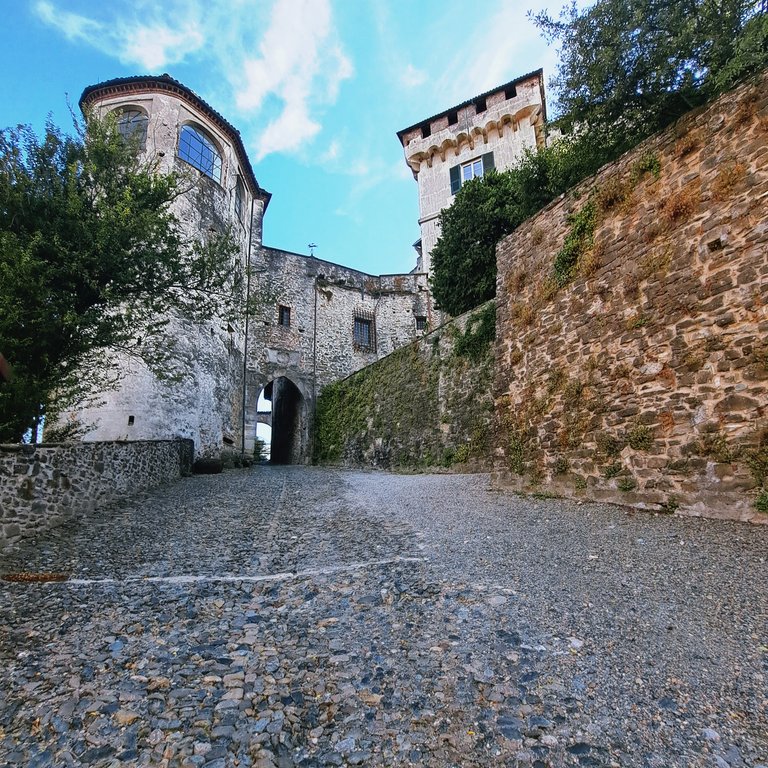
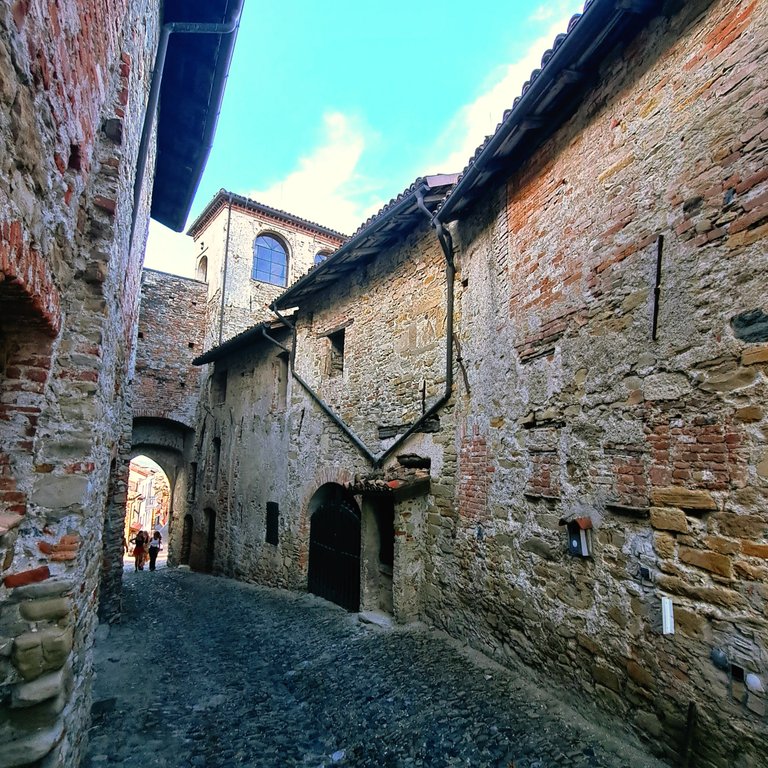
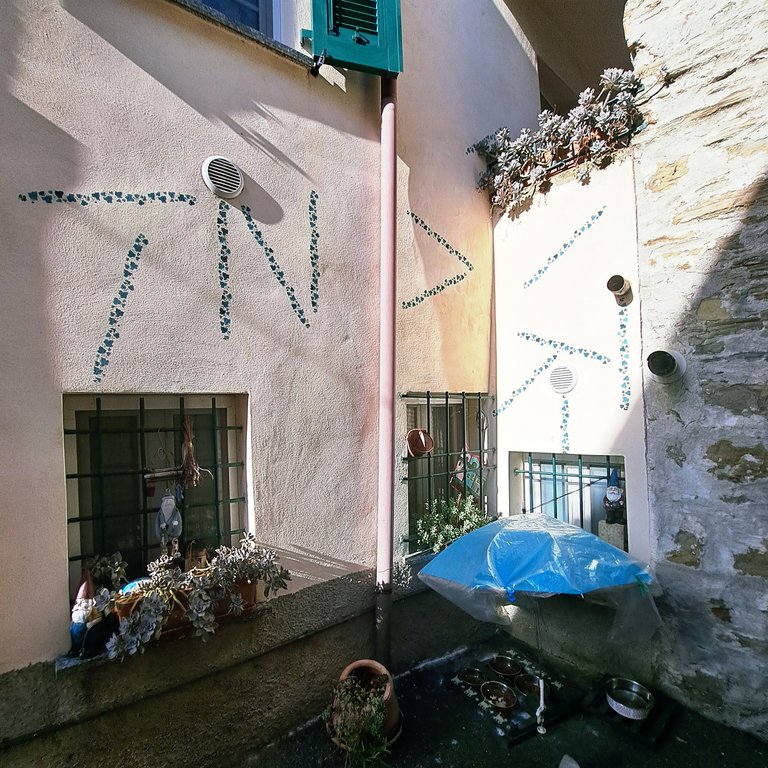
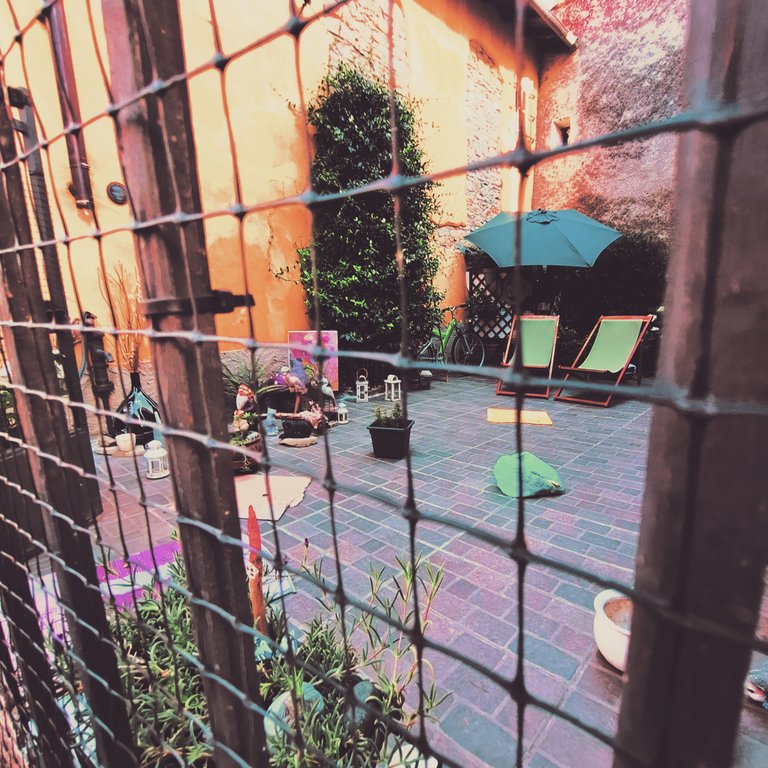
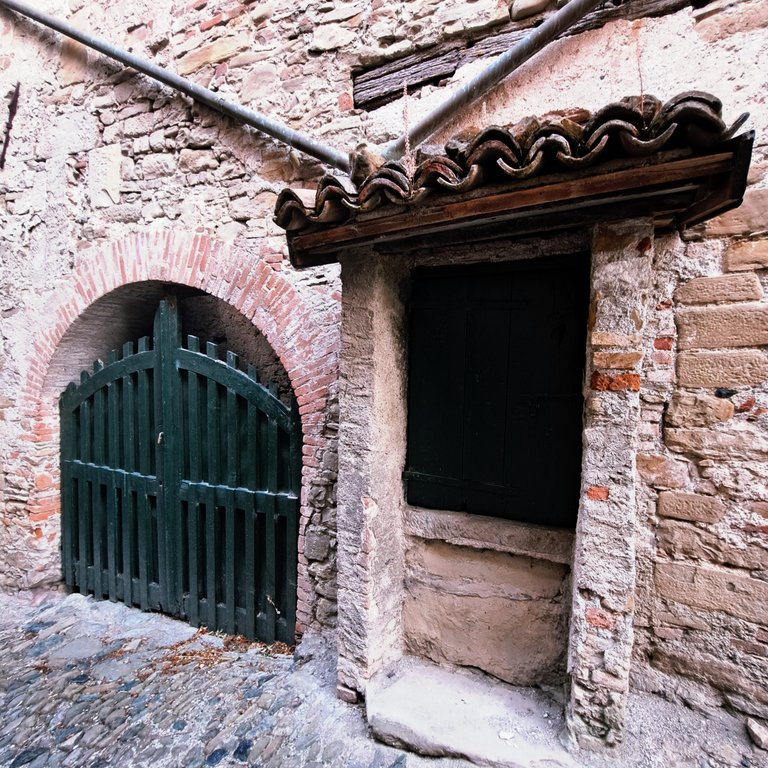
The little square in the heart of Mornese has basically always been the public space in the village.
It started coming together at the end of the 1500s and into the 1600s, thanks to Marquis Filippo da Passano. He gradually bought up land and open space from local families.
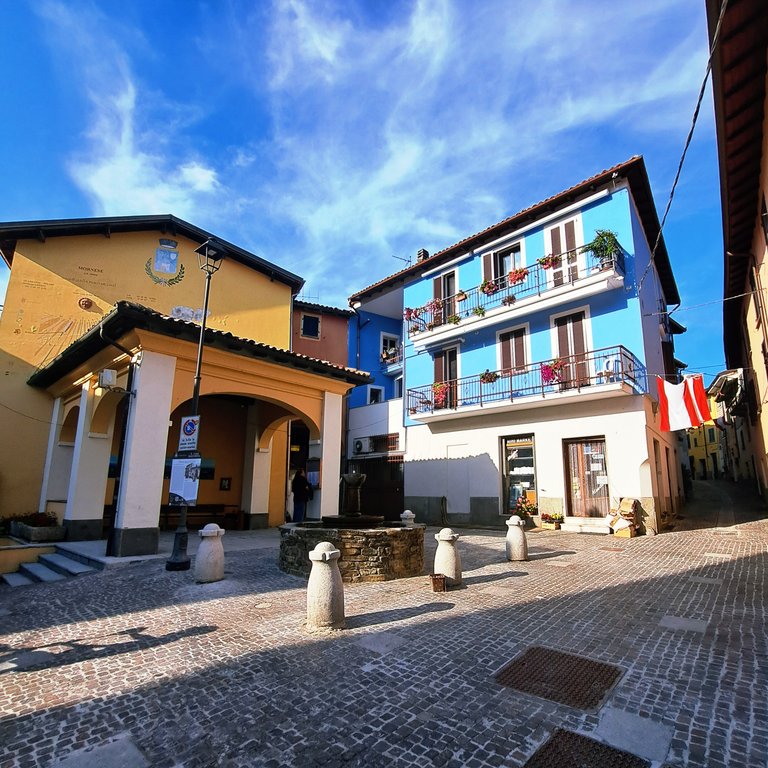
Locals called it "Piazza del Comune", "Piazza della Loggia", or just "la Piazza". Then in the late 1800s, it got a proper expansion when Lorenzo Ghio, who was mayor at the time, donated more land — including the courtyard next to his own house. At one point, it was officially named after Duke Amedeo of Aosta.
The old Municipal Loggia, closed off by gates, was where all the official stuff went down: notary acts, local justice, and all the administrative decisions. It was handled by a judge sent in by whoever held feudal power at the time — families like Pallavicino, Serra, Spinola, or Doria. Often, the notary wore many hats: judge, administrator, castellan.
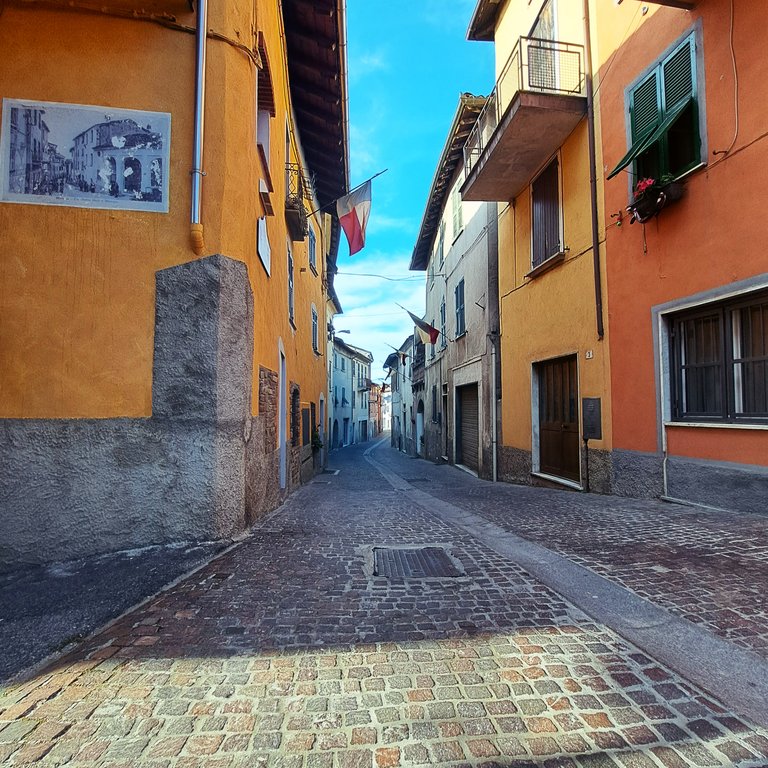
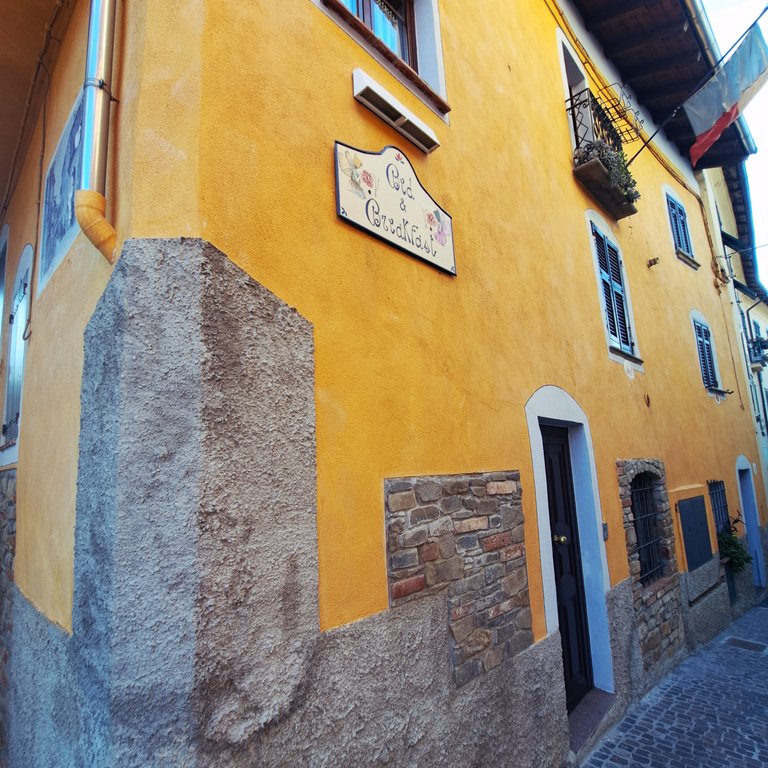
Nearby, there used to be the Laborerium Curtis, which was basically the castle’s workshop or working farm — later called the Masseria di Corte.
After WWII, the old Loggia was replaced by a more modern-style town hall building, but that one was eventually torn down too when the municipality moved to its current spot on via Doria. What you see now — the small Loggia — is a reconstruction from the early 2000s. It’s got a big panoramic mural of Mornese under the snowy Alps, with a pretty stunning sundial painted by Giovanni Gastaldo right above it.

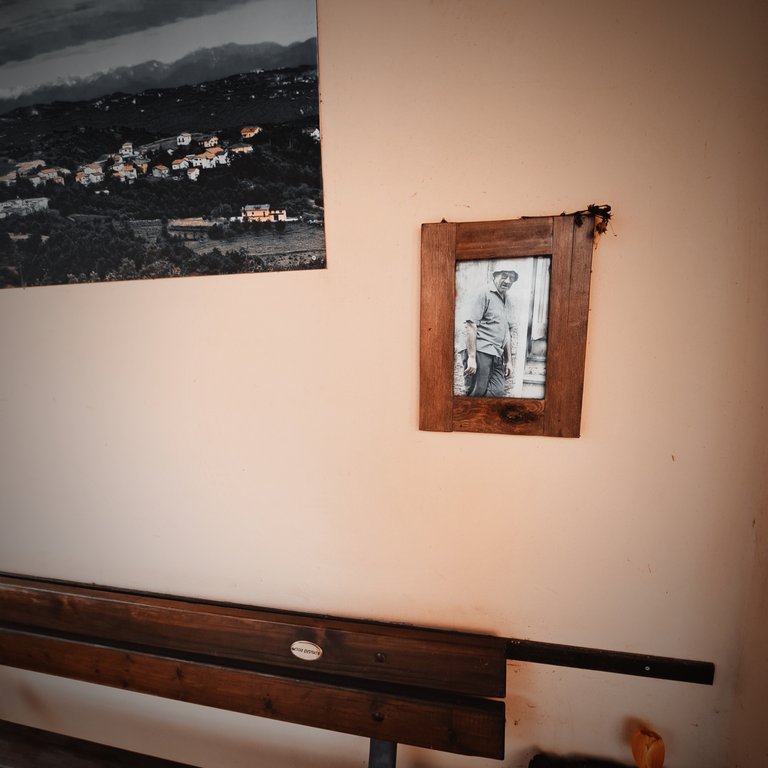
If you follow the old road once known as Contrada Castellazzo and Contrada Parrocchiale, you’ll end up at the top of what used to be the Poggio del Castellazzo — the site of the first Cistercian fortification in the village, way back in the 1100s. Parts of the road still show off its medieval roots: old defense towers, underground cisterns carved into the green tuff (a type of volcanic rock), and narrow stone paths.
As you climb up, you pass a few spots directly tied to the life of Saint Maria Mazzarello. Eventually, you’ll reach the Parish Church, dedicated to St. Silvestro and St. Nicola of Tolentino. It was built around the late 1500s by the local feudal lord Nicolò Pallavicino and opened in 1602.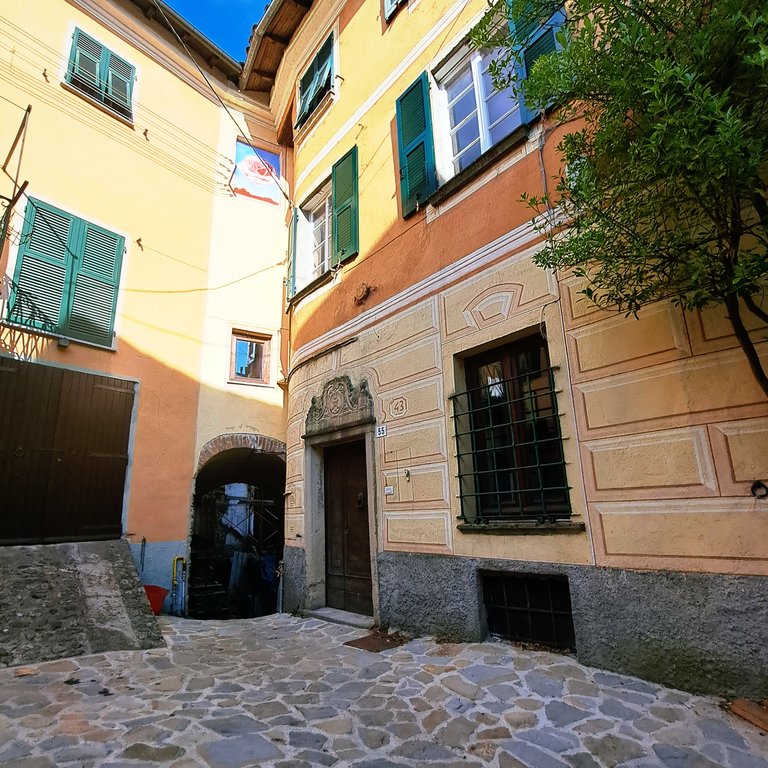
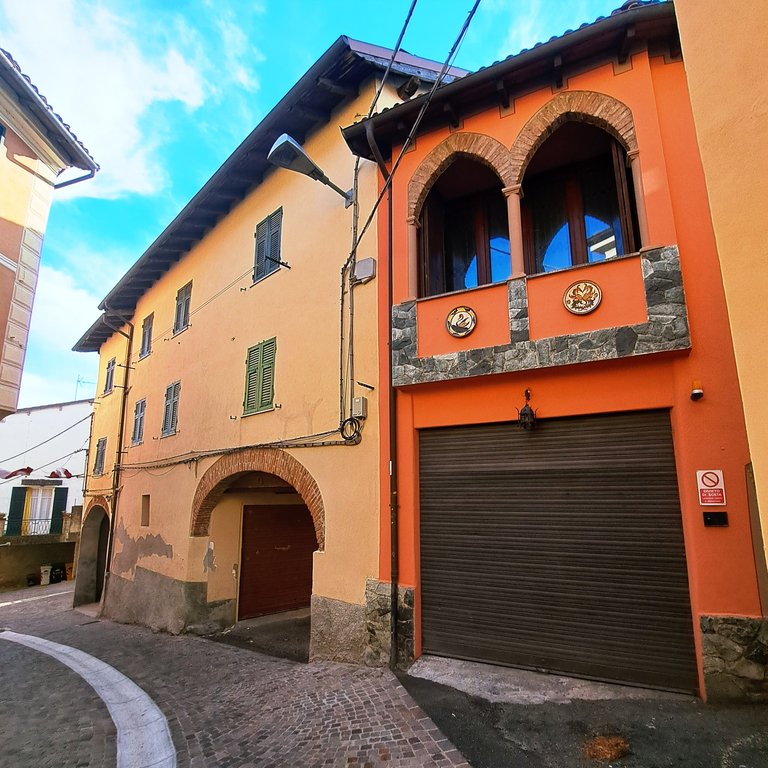
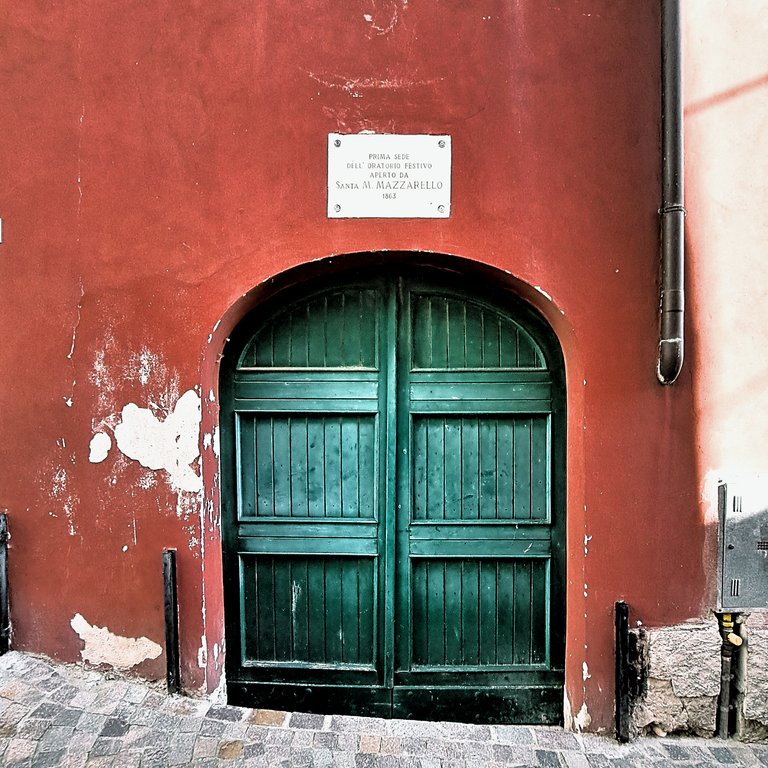
In 1738, Marchioness Eleonora Serra Spinola funded major upgrades — like the presbytery floor in black Lavagna stone (part of it is still visible today in the choir), the main altar made from Carrara marble, and the balustrade. More changes came in 1812, when the parish priest Giacomo Carrante added aisles and expanded the apse. Between 1882 and 1887, Father Valle continued the work: they extended the church forward into the square and raised the ceiling.
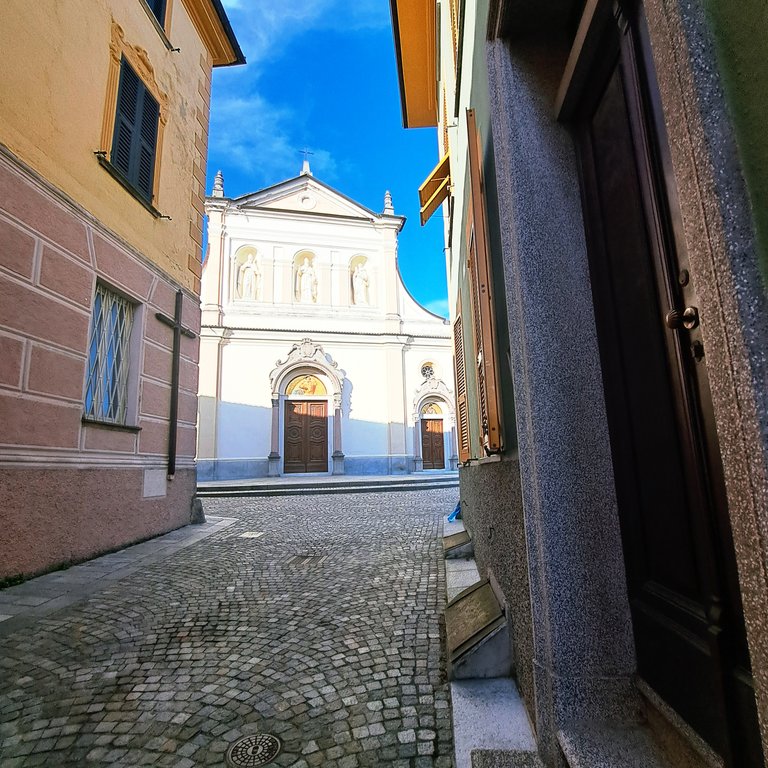
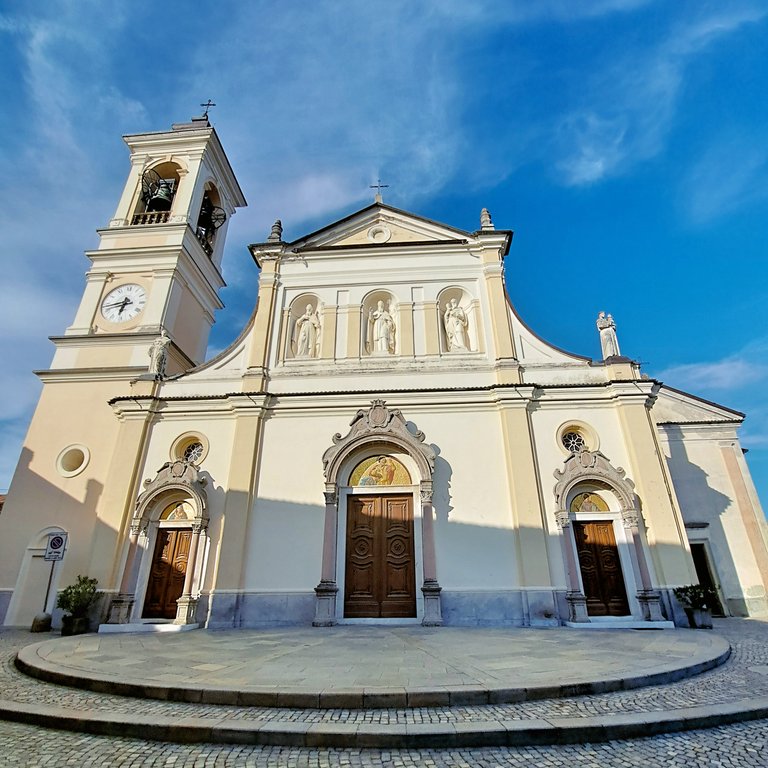
Back in the Middle Ages and Renaissance, small village centers like Mornese were often paved with stone, kind of like Roman roads — and Mornese still has a lot of that vibe.
The main old routes — Contrada Castellazzo (now Via Chiesa), Contrada Maestra (now Via Doria), Contrada Fontana (now Via Roma), Borgu Aetu (now Via Borgoalto), and Contrada della Colla (now Via degli Orti) — were all laid with uneven stone pavements. These weren’t neat city sidewalks but more like a mosaic of local stones — different shapes, sizes, and textures, fitted together into bumpy but beautiful paths.
These cobblestones were often obtained through the use of several elements and stones of different sizes and configurations, tending to form an irregular but, at the same time, harmonious road surface. The components of the pavements were often worked by stonecutters or master craftsmen directly on-site and were laid dry, on a bed of lean, sand or glue, with grouted or open joints. The cobblestones used in the central streets of Mornese probably came from the bed of Rio Roverno, the characteristic watercourse located few kilometres away from the village centre. The more marginal streets, on the other hand, were usually made of clay court. The 'risò' (in dialect) of Via Chiesa - see photo - decorated a hillock of 'marl' (here in Mornese they call it 'green tuff'), a rock that was formed millions of years ago by compression from sediments below sea level, the so-called 'Sea Padano'. Over the centuries, the malleability of this rock allowed the spontaneous creation of large underground cisterns for collecting water, which are still there today. On this hill, in fact, there are countless cisterns/wells, some of which are still in use in the old houses.
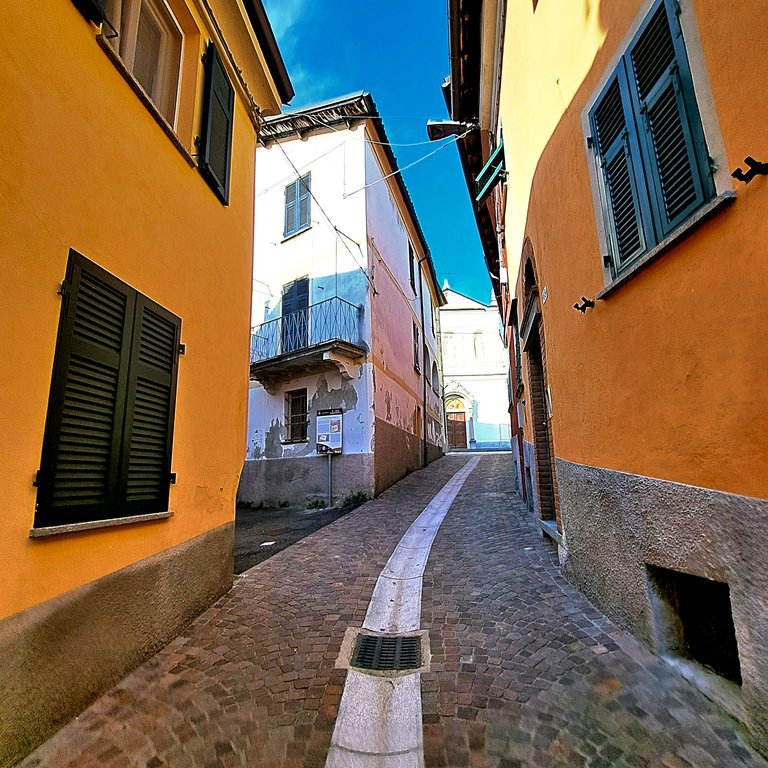
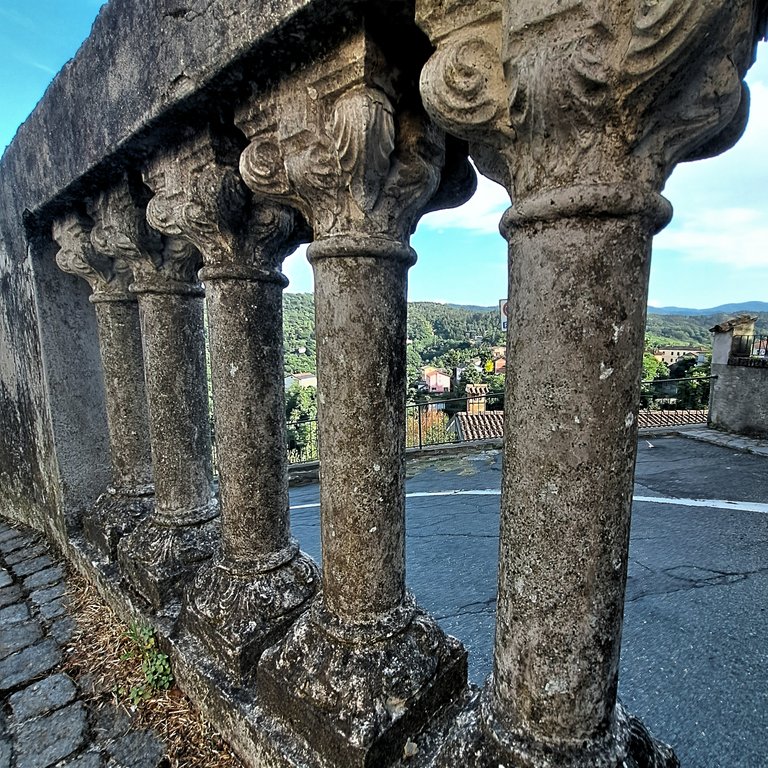
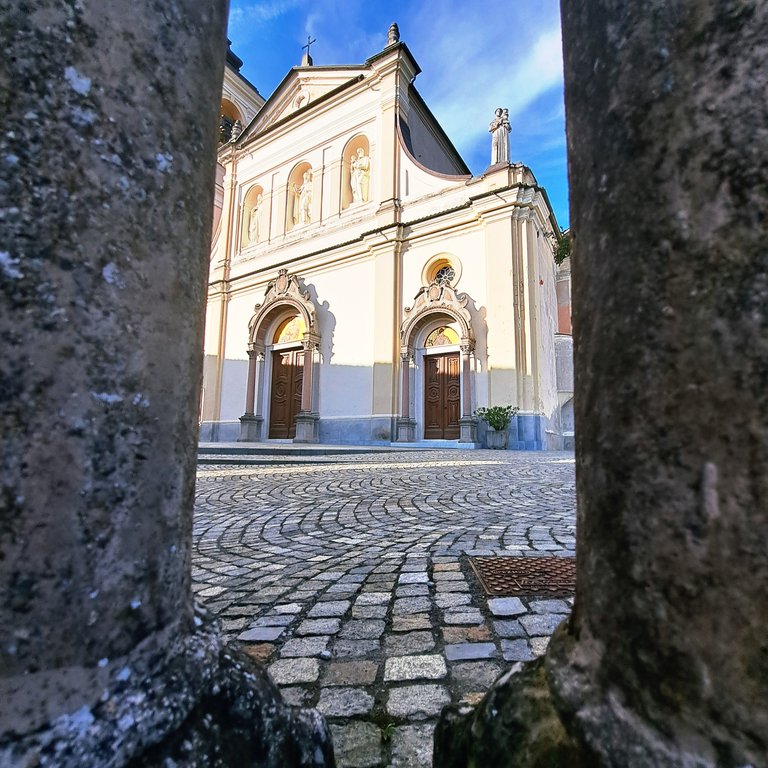
You can check out this post and your own profile on the map. Be part of the Worldmappin Community and join our Discord Channel to get in touch with other travelers, ask questions or just be updated on our latest features.